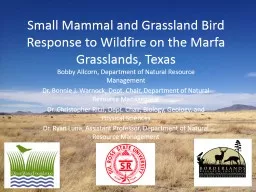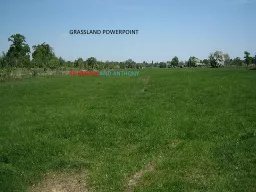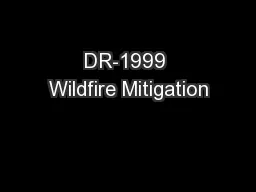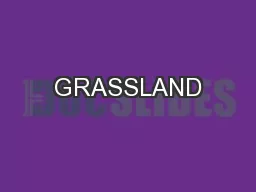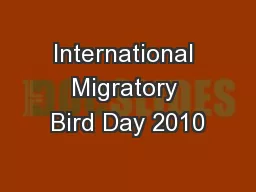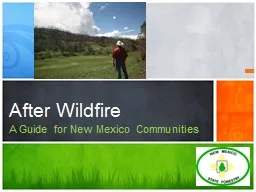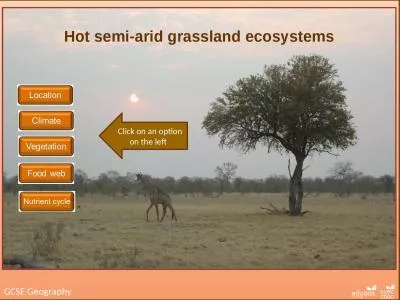PPT-Small Mammal and Grassland Bird Response to Wildfire on the
Author : jane-oiler | Published Date : 2016-08-02
Bobby Allcorn Department of Natural Resource Management Dr Bonnie J Warnock Dept Chair Department of Natural Resource Management Dr Christopher Ritzi Dept Chair
Presentation Embed Code
Download Presentation
Download Presentation The PPT/PDF document "Small Mammal and Grassland Bird Response..." is the property of its rightful owner. Permission is granted to download and print the materials on this website for personal, non-commercial use only, and to display it on your personal computer provided you do not modify the materials and that you retain all copyright notices contained in the materials. By downloading content from our website, you accept the terms of this agreement.
Small Mammal and Grassland Bird Response to Wildfire on the: Transcript
Download Rules Of Document
"Small Mammal and Grassland Bird Response to Wildfire on the"The content belongs to its owner. You may download and print it for personal use, without modification, and keep all copyright notices. By downloading, you agree to these terms.
Related Documents

